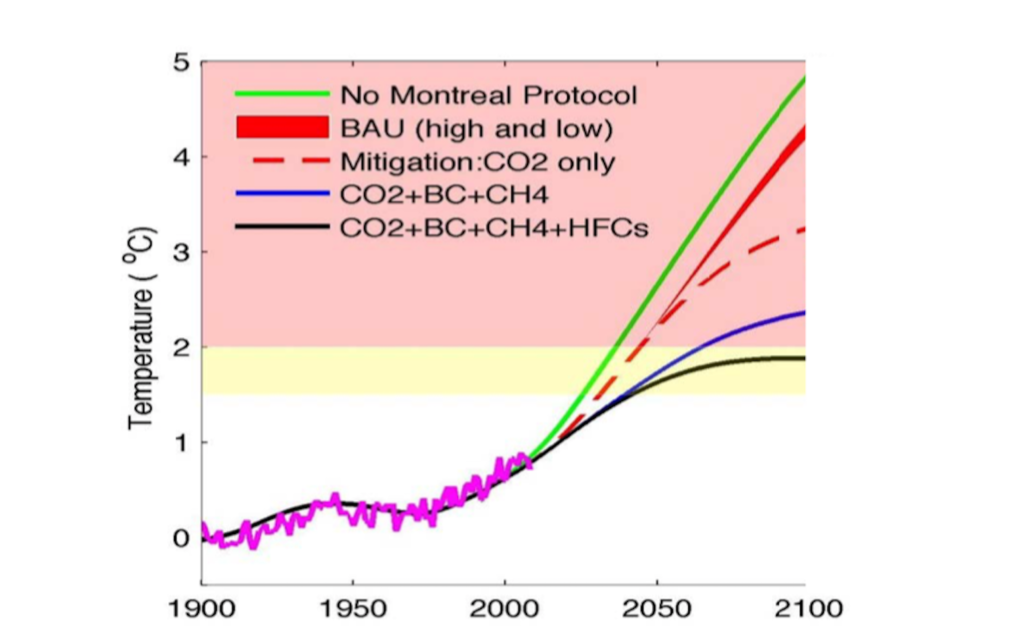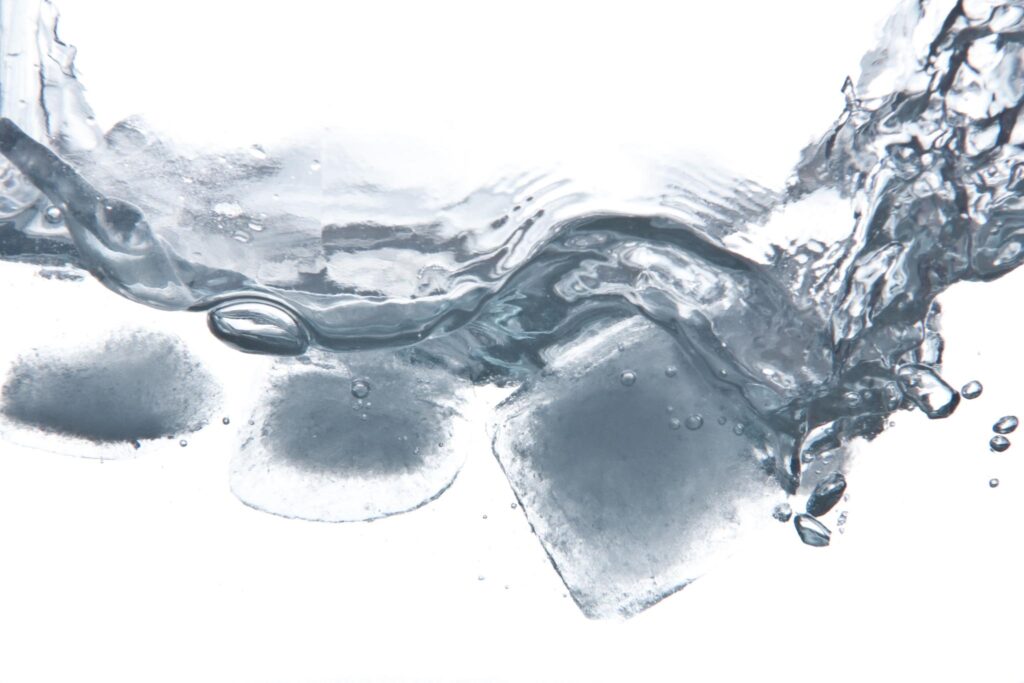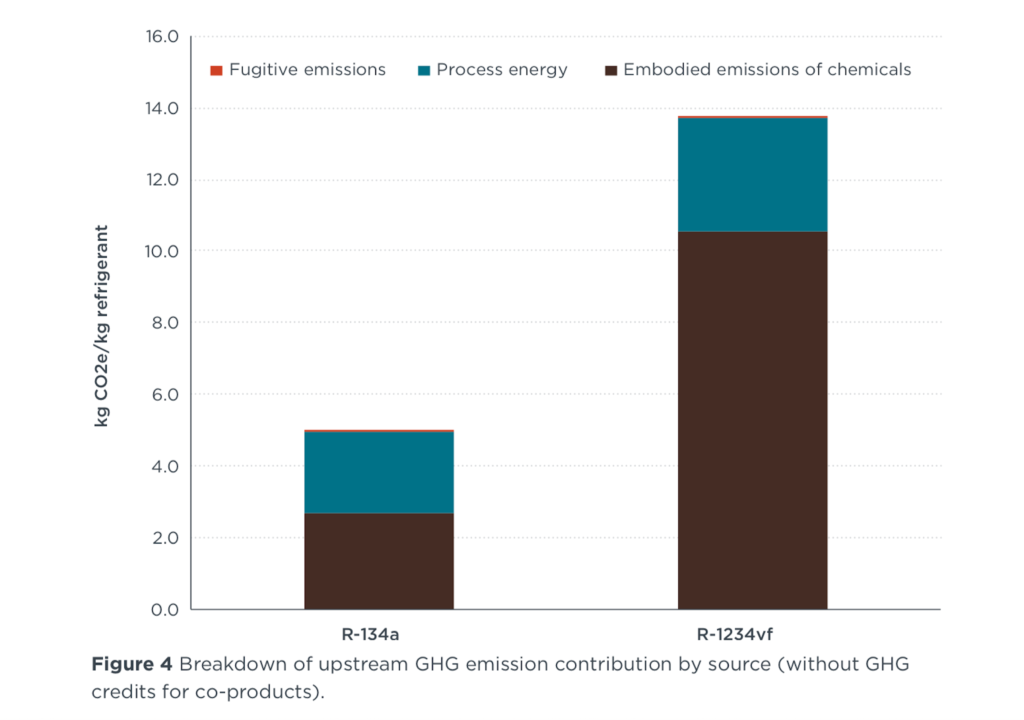 Precisely in November 29th 2019, the European Parliament passed a resolution that declared a climatic and environmental emergency in Europe and on a world scale, hoping, besides other things, the Commission would guarantee that all pertinent legislative and balance proposals were fully compliant with the target of limiting the global warming to less than 1.5ºC
Precisely in November 29th 2019, the European Parliament passed a resolution that declared a climatic and environmental emergency in Europe and on a world scale, hoping, besides other things, the Commission would guarantee that all pertinent legislative and balance proposals were fully compliant with the target of limiting the global warming to less than 1.5ºC
Almost one year later, in September 2020, the European Parliament asked greenhouse emissions are reduced by 60% within 2030, instead of by 55% as proposed by the Commission. While we are drawing up this article, the destiny of this request is not known, yet, but it is an index of a possible tightening of climate laws and of the suitable measures for reaching climatic targets.
What does this mean for refrigeration? At present, a review process of the F-gas Regulation is in progress and in this political climate it is hard to believe it can remain unchanged whereas it is legitimate to expect some changes that can speed up the reduction of the sector’s emissions. At the first virtual event on natural refrigerants organized in September by ATMOsphere, prof. Michael Kauffeld – Institut für Kälte-, Klima- und Umwelttechnik (IKKU) University of Karlsruhe listed three modalities for the refrigeration’s possible cooperation in the decrease of emissions:
- Reducing indirect emissions, caused by energy consumptions
- Increasing the thermal energy accumulation
- Reducing indirect emissions
Reducing indirect emissions: more efficiency, more renewable energies

In the last report “World Energy Outlook” by IEA (International Energy Agency) we read: “A neat efficiency rise is the most important element to drive the world towards the sustainable development scenario. Pursuing all economically profitable opportunities of efficiency improvement can reduce the global energy intensity by over 3% every year. (…). Innovative approaches also include the use of digital tools to displace the demand for electric energy in cheaper hours of the day with high intensity of emissions, to decrease electric energy bills for consumers and to share in the systems’ balancing, meanwhile contributing in reducing emissions». However, the energy efficiency alone is not sufficient to reach reduction targets. It is fundamental to make the energy production model shift towards a greener production than the current one and this is essentially based on renewables. In the recent report by IRENA entitled “Reaching Zero with Renewables” we read: «Renewables, together with the consumption reduction and energy efficiency can reach 80% of CO2 emission reduction». Refrigeration and conditioning systems, and heat pumps are based, to operate, on the consumption of electric energy that, if produced from renewable sources, contributes in the emissions of CO2 in the atmosphere. Reducing electric consumptions – in other words increasing systems’ efficiency – and rising the percentage of electric energy production from renewables is certainly a way to diminish indirect emissions by the cold sector. However, it is not enough to remain under 2°C as provided for by Paris Agreement.
Thermal storage
Thermal energy storage means, for instance, producing ice, cold water or ice slurry exploiting the refrigeration plant when it is working at the lowest rates or when the electric energy cost is advantageous. The thermal energy storage features, in the opinion of Kauffeld, numerous advantages. It has, for instance, a duration that reaches even some days; it can be consumed gradually in time; it can vary in dimensions, from few kW to some Mw; it is relatively unexpensive from the energy point of view and especially it can be subjected to many cycles (from 10 to 100,000), today impossible thing for an electric storage.

Accumulating cold and using it to decrease the condensation temperature of the refrigeration system can let the refrigeration system save a lot of energy, diminishing its operational costs. A fine example of how the thermal storage can be used to increase the refrigeration and cooling efficiency is the plant implemented in the canteen/cafeteria of Technology Institute of Karlsruhe – Karlsruher Institut für Technologie. Here, a propane plant is combined with a binary ice production system. Three circuits with 10 Kg of propane each cool 6 ice generators with 14kW of capacity, which produce about 3.5 tons of ice per day. The propane plant is in operation from 3 p.m. to 9 a.m. of the following morning while it is off during the day. In this way, in peak hours, the institute spares about 25kW of electric energy. The refrigeration requirements are satisfied by a satellite CO2 plant, it too connected with the thermal battery that shares in keeping the condensation pressure low, under 45 bars.
Decreasing indirect emissions: three possible ways
The possibilities of reducing the direct emissions from a refrigeration system are more than one. Essentially, adopting adequate control measures of charges. Currently, the losses of refrigerants in some system typologies, centralized or with long connection lines, can be very high, up to even 25% yearly. This is not only a damage for the environment but, considering the high costs that many HFC have reached, also a huge economic drawback. The F-gas Regulation provides for severe plant controls every 3, 6 or 12 months, according to the equivalent CO2 tons contained in them. Diminishing the refrigerant charge in circuits is a way to decrease indirect emissions. Today micro-channel heat exchangers are the state of the art and allow reducing the quantity of refrigerant in the condenser by even 90%, even reaching 10% efficiencies.

Finally, a way to decrease emissions is naturally to use refrigerants with low GWP.
Among the refrigerants with the lowest GWP we can list natural refrigerants, which have always been used as work fluids, since when the steam compression has existed. Since the Thirties, however, refrigeration has set them aside owing to some of their characteristics – propane, for instance, is flammable– and has focused its attention on new synthetic products, with good performances, non-flammable and non-toxic: first CFC and HCFC, afterwards HFC, widely used still today. Unfortunately, none of these families of molecules has proven to be a long-term choice: CFC and HFCF were forbidden with the Montreal Protocol (1987). when their effect of destruction on the ozone layer was discovered, and HFC, through the F-gas EU 517/2014 Regulation and Kigali Amendment (2016), are under elimination because of their greenhouse effect, in many cases much higher than carbon dioxide itself. Therefore, the historical time we are living is characterized by the need of finding substitutes to many HFC. Candidate molecules to replace them must have good performances, at least comparable to refrigerants’ they replace, be safe for man and be highly sustainable, not to replace again an environmental problem with another, as it happened in the past. Besides, they must be available at competitive prices, possibly everywhere. In several applications, natural refrigerants are excellent candidates to replace HFC: they feature good performances without anyway exerting negative effects on the environment. In the list of possible candidates, there are new synthetic molecules – hydrofluoroolefins, HFO – which own interesting thermo-physical properties but a very high production cost and not well-clarified effects, yet, once arrived in the eco-system.. As Kauffeld and other studies affirm, there are some doubts about these molecules: some of them, once reached the ecosystem, break down to give TFA, a molecule that in big quantities seems to contribute in the water acidification.
The production of refrigerant generates CO2 emissions, too
In 2013, the International Council of Clean Transportation ICCT carried out a study that considered an aspect not analysed by the F-gas Regulation, that is to say the production of CO2 emissions connected with the production process of refrigerants. A sort of GWP of the refrigerant in its production process. The question ICCT asked was: how much does producing certain refrigerants cost in terms of CO2 emissions? Since interested in transport, ICCT focused on the two refrigerants mainly used in mobile conditioning: R 134a and R-1234yf. The quantification of emissions was performed according to the chemistry of molecules: basic chemistry principles, properties of chemical reactions, fundamentals of the energy balance and conventional lifecycle methods. The energy consumption was estimated by using the ChemCAD modelling of production processes.
The result? According to authors, this study shows that the greenhouse emissions of the R-1234yf production process are about 3 times R-134a ones. Results indicate that in terms of equivalent CO2 kilograms per kilogram of produced refrigerant, the production of R-134a and R-1234yf generates CO2 emissions respectively of 3.6 kg of CO2 eq/kg and 10.9 kg of CO2 eq /kg. In perspective, this analysis suggests that if GWP values took into account the emissions generated during the production, R-1234yf would have a GWP equivalent to 15, whereas according to the existing regulations it has a GWP value of 4.
Beyond the specific results, this study highlights an aspect that, although not considered by the F-gas Regulation, would deserve more attention in view of a holistic reduction of emissions, that is to say the analysis of the emissions connected with the production process or better, the whole lifecycle of a refrigerant.



